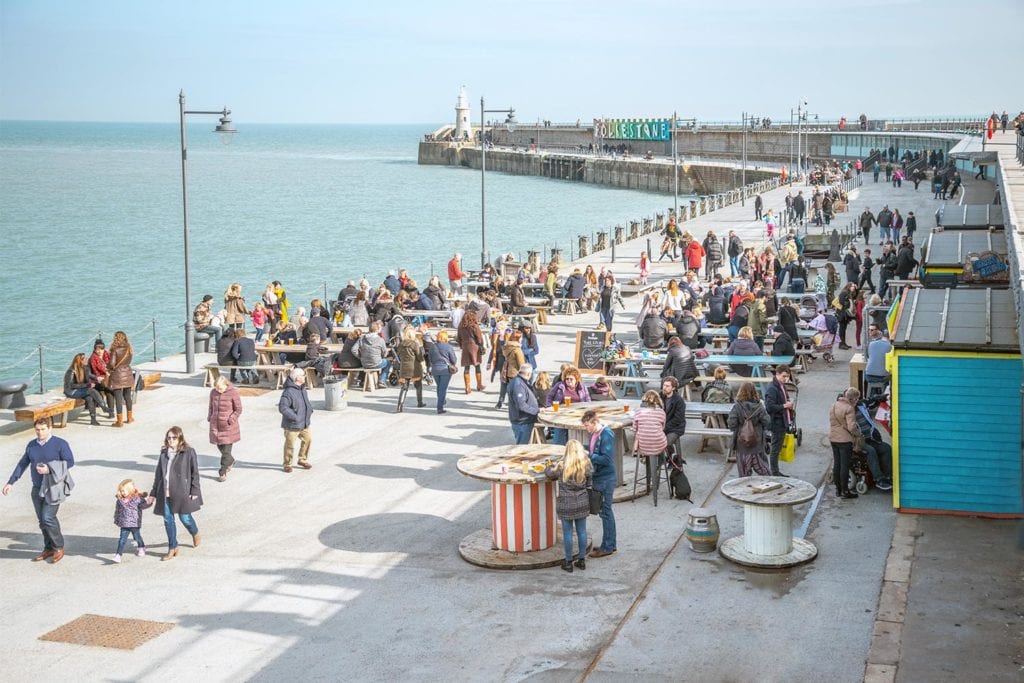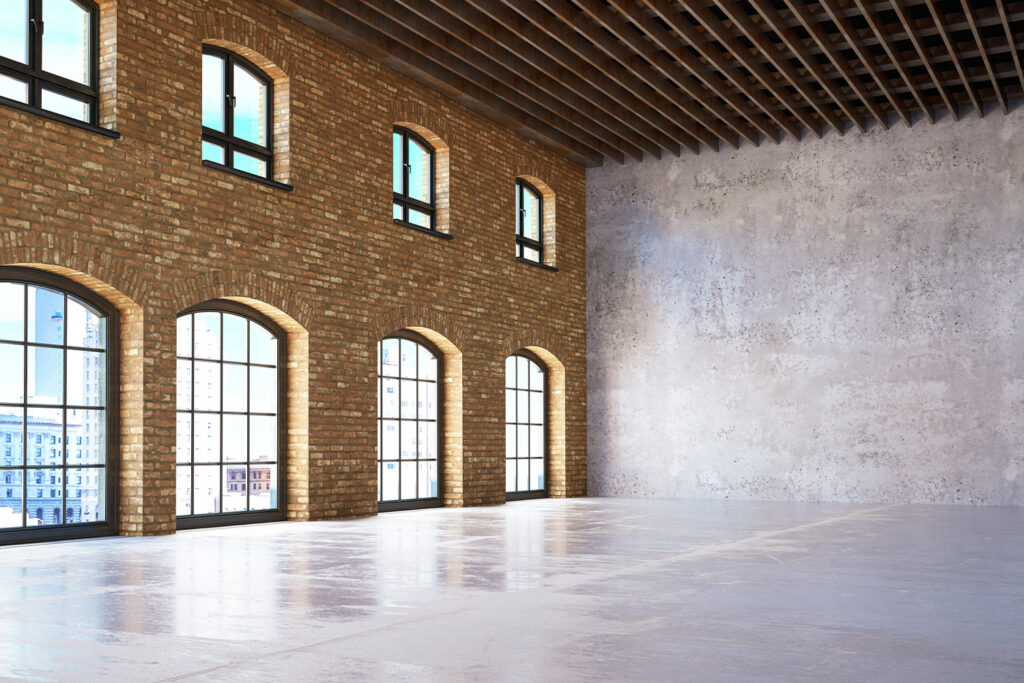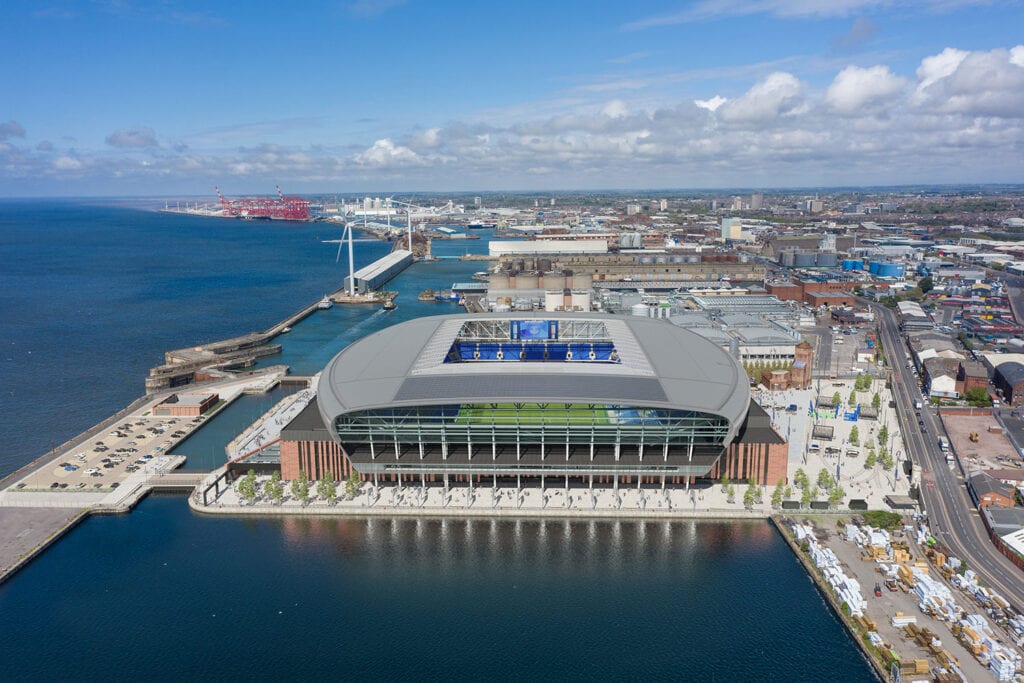
Event recap: building asset transformation
Earlier in this month, our experts led a masterclass on the key considerations around building asset transformation.
In recent years, climate, communities, tenants and shareholders have become increasingly intertwined escalating demands to decarbonise, modernise and regenerate existing building assets and portfolios in the UK.
Our masterclass focused on the main steps of a building asset transformation journey with specific focus on adding floors to a building, optimising operational performance, and ensuring sustainability, all while making meaningful contributions to society.
OUR EXPERTS
Phillip Barnett, BA (Hons), PgD MRICS, Associate Director, Asset Consultancy
Darren Conboy, MEng, CEng, MIStructE, Associate
Christine Lowry, MEng (Hons), CEng MSt (Cantab), MCIBSE, Partner
WHAT DID WE LEARN?
1. Understand the big picture
What role does the asset play in your business? How is it currently used? How does it perform? What do users have to say about it? Understanding the strengths, weaknesses and opportunities presented by an asset is fundamental to developing a brief that drives value, engages stakeholders and fosters creativity and innovation. Transformations don’t have to be large and radical; a simple, strategic alteration to a building can have a significant impact.
2. Adding value to existing assets
There are huge opportunities to add value to existing assets through engineering, including adding floors, transforming building usage, and improving circulation, ventilation and light. Refurbishment projects are typically lower in embodied carbon, with a strong positive correlation between the extent of demolition/intervention and the final embodied carbon. Seeing existing buildings as stores of carbon is key to this approach. Successful building re-use begins with properly understanding the building, getting early engineering input and working with a team with a shared vision. De-risking should be an active process throughout the project lifecycle.
3. Asset transformation projects can be sustainable
It is important to understand the constraints so you can work with them and then look for where the opportunities are to make improvements. Starting with a sustainability and/or energy performance audit will identify areas to focus upgrade attention based on an assessment of where an asset is not performing efficiently or is at risk. Refurbishment has the potential to retain a significant portion of embodied carbon making it inherently sustainable.








